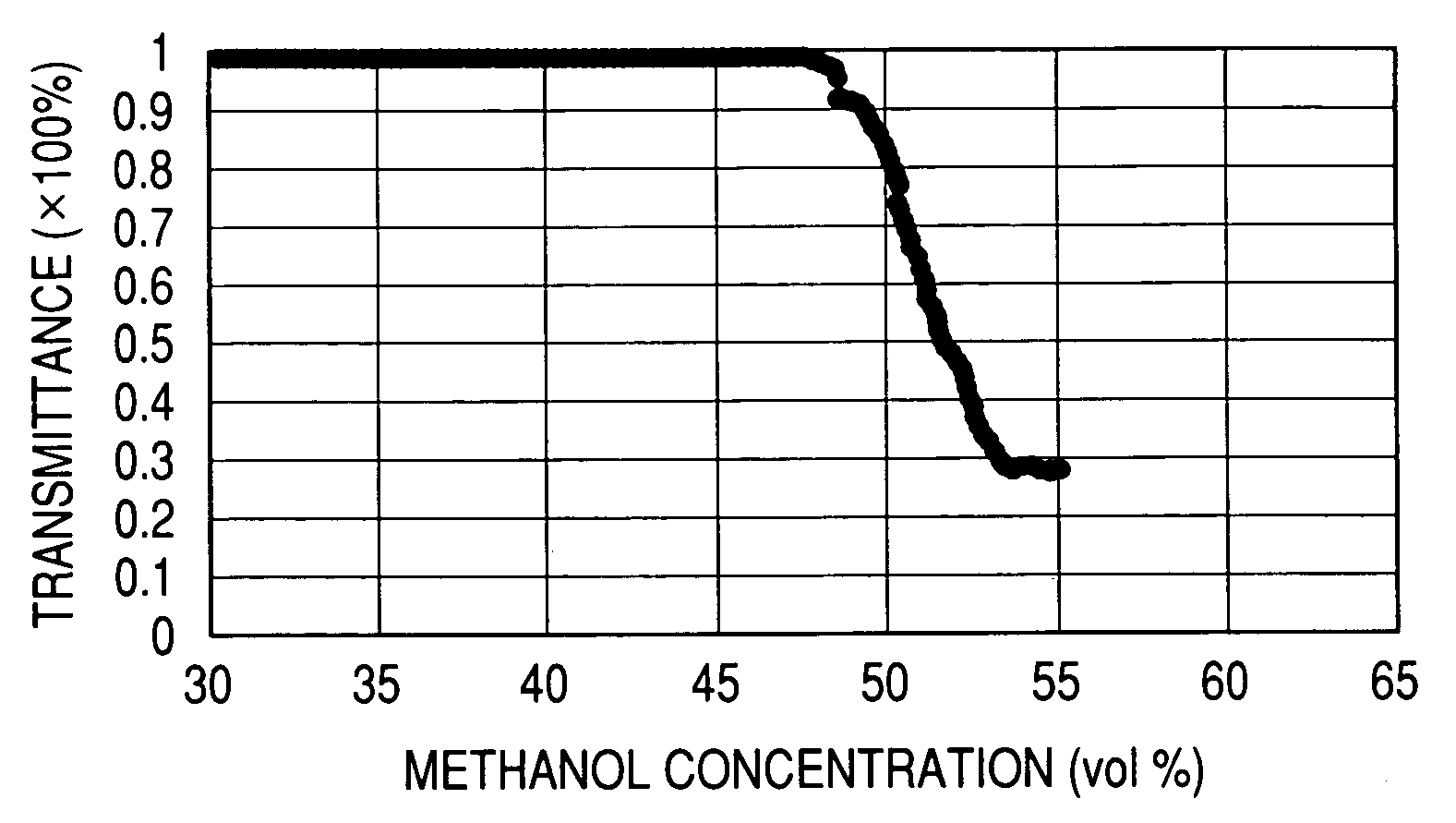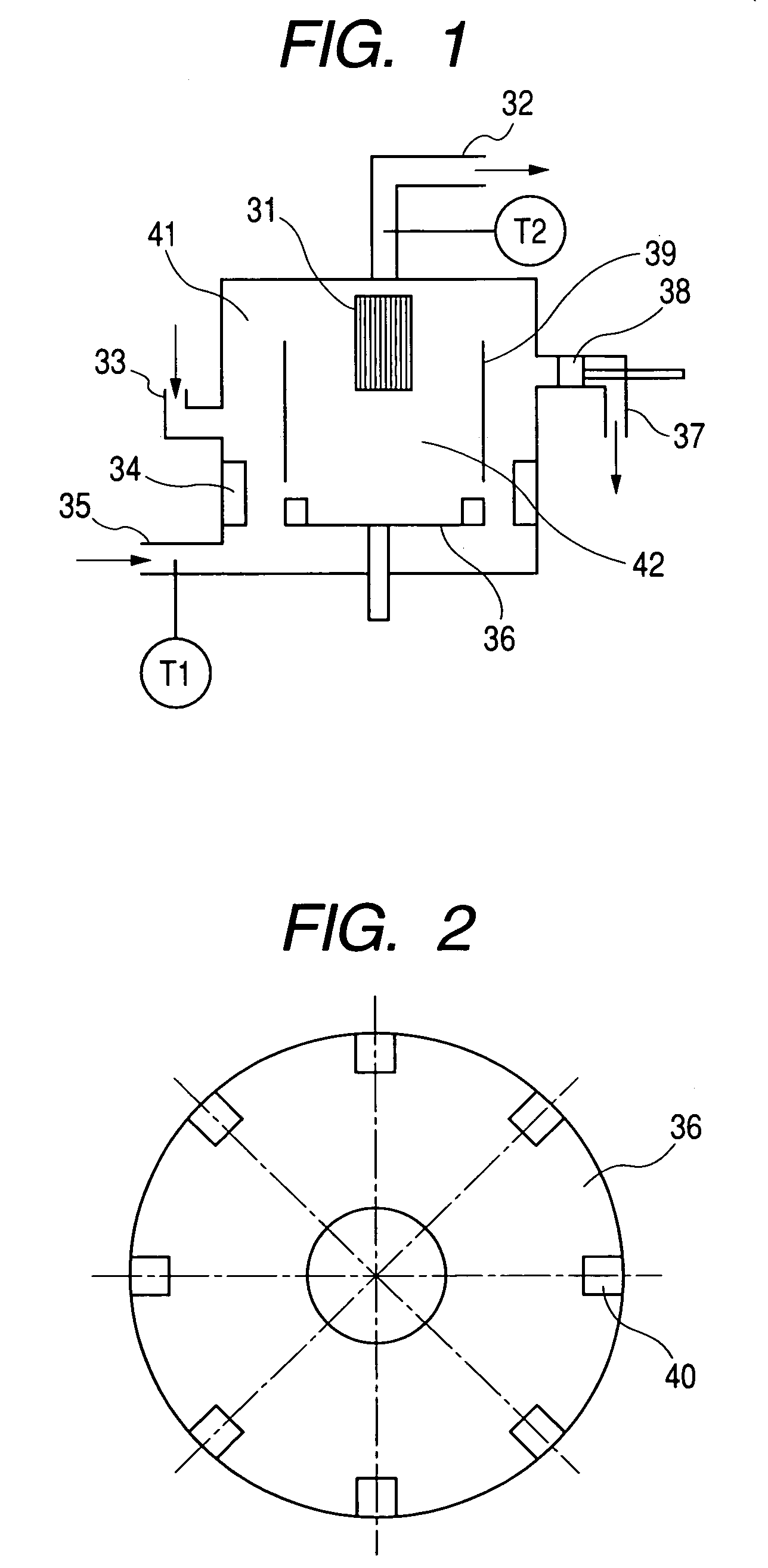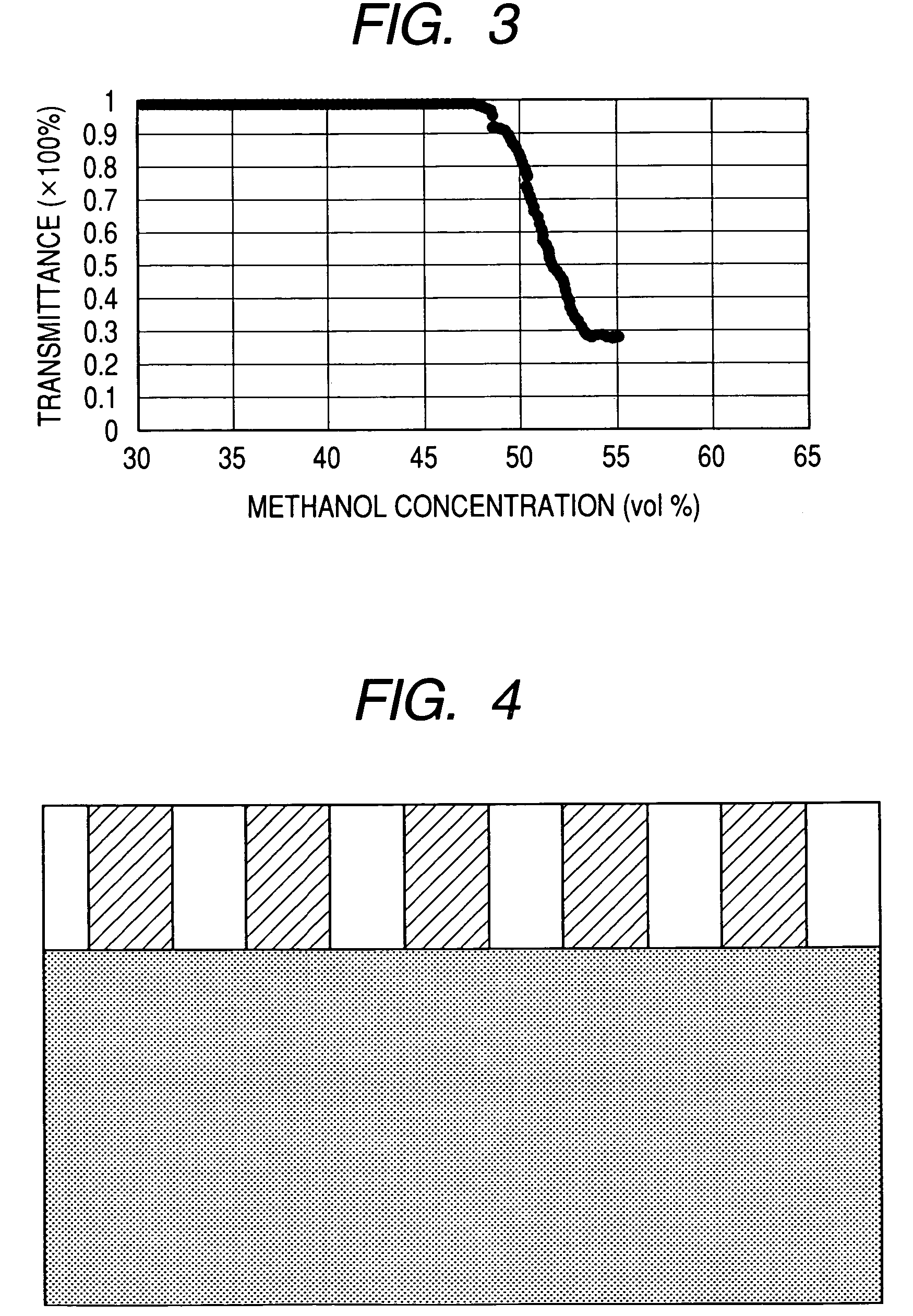Toner
a technology of toner and nozzle, which is applied in the field of toner, can solve the problems of insufficient reduction of toner consumption, high demand for toner performance, and large-scale equipment for toner production, and achieve the effects of less toner consumption, superior development performance, and reduced toner consumption
- Summary
- Abstract
- Description
- Claims
- Application Information
AI Technical Summary
Benefits of technology
Problems solved by technology
Method used
Image
Examples
examples
[0291]The present invention is described below by giving Examples. The present invention is by no means limited to these Examples.
production example l-1
[0379]300 parts by weight of xylene was introduced into a four-necked flask, and the atmosphere in the flask was sufficiently displaced with nitrogen gas with stirring, and thereafter the xylene was heated and refluxed, where, under the reflux, a liquid mixture of 68.8 parts by weight of styrene, 22 parts by weight of n-butyl acrylates, 9.2 parts by weight of monobutyl maleate and 1.8 parts by weight of di-t-butyl peroxide was dropwise added over a period of 4 hours. Thereafter, this was kept for 2 hours to complete polymerization, followed by desolvation to obtain a low-molecular weight polymer (L-1). This polymer was subjected to GPC and measurement of acid value to find that its peak molecular weight was 15,000 and acid value was 30 mg·KOH / g. Values thereof are shown in Table 13.
Low-Molecular Weight Component
Production Examples L-2 to L-5
[0380]Low-molecular weight polymers L-2 to L-5 were obtained in the same manner as in Low-molecular Weight Component Production Example L-1 exce...
production example h-1
[0381]180 parts by weight of deaerated water and 20 parts by weight of a 2% by weight aqueous solution of polyvinyl alcohol were introduced into a four-necked flask, and thereafter a liquid mixture of 75.3 parts by weight of styrene, 2.0 parts by weight of n-butyl acrylate, 4.7 parts by weight of monobutyl maleate, 0.65 part by weight of di-t-butyl peroxide, 0.008 part by weight of divinylbenzene and 0.15 part by weight of 2,2-bis(4,4-di-t-butylperoxycyclohexyl)propane was added thereto, followed by stirring to prepare a suspension. The atmosphere in the flask was sufficiently displaced with nitrogen gas, and the contents were heated to 90° C. to start polymerization. This was kept for 24 hours at the same temperature to obtain a high-molecular weight polymer (H-1). Thereafter, the polymer (H-1) was filtered, washed with water and then dried, and thereafter subjected to GPC and measurement of acid value to find that its peak molecular weight was 2,300,000 and acid value was 8.7 mg·K...
PUM
 Login to View More
Login to View More Abstract
Description
Claims
Application Information
 Login to View More
Login to View More - R&D
- Intellectual Property
- Life Sciences
- Materials
- Tech Scout
- Unparalleled Data Quality
- Higher Quality Content
- 60% Fewer Hallucinations
Browse by: Latest US Patents, China's latest patents, Technical Efficacy Thesaurus, Application Domain, Technology Topic, Popular Technical Reports.
© 2025 PatSnap. All rights reserved.Legal|Privacy policy|Modern Slavery Act Transparency Statement|Sitemap|About US| Contact US: help@patsnap.com



